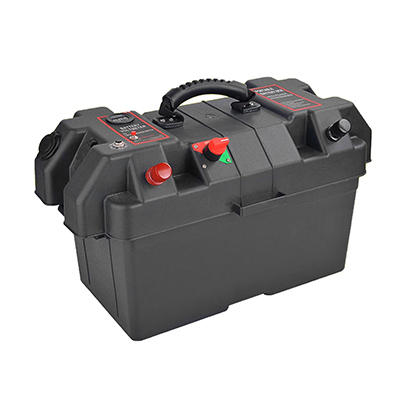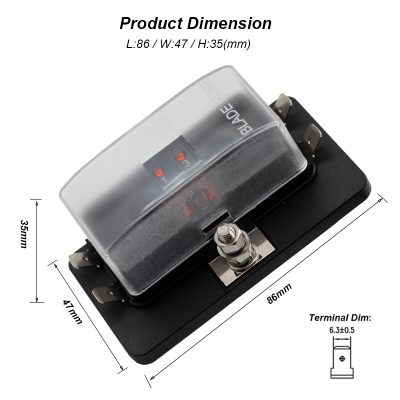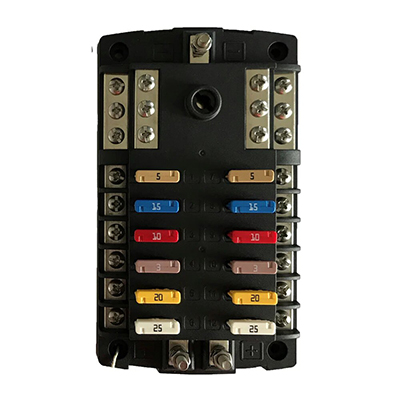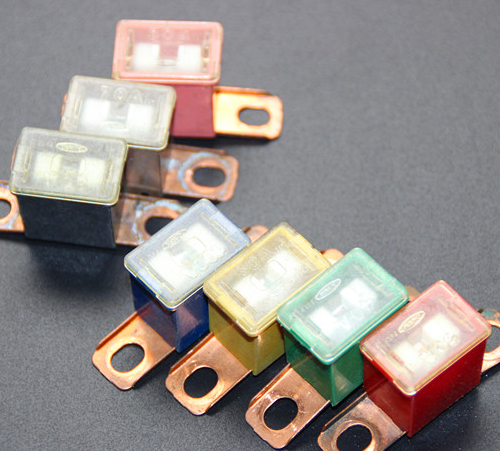Innovations in Lightweight Battery Enclosures for Superior Racing Car Performance
News 2025-10-20
In the high-stakes world of motorsports, reducing vehicle weight is crucial for gaining a competitive edge. Lightweight car battery boxes are designed to cut down mass significantly, enhancing overall performance without compromising safety or reliability. These components are particularly vital in racing, where every kilogram saved can translate to faster lap times and better handling. By integrating advanced materials and engineering, lightweight battery boxes help optimize vehicle dynamics, making them essential in professional racing circuits.

Applications in Motorsport Scenarios
Racing environments demand components that endure extreme conditions while minimizing weight. In Formula 1, lightweight battery boxes are used to improve aerodynamic efficiency and acceleration, allowing cars to achieve higher speeds with less drag. Similarly, in endurance races like the 24 Hours of Le Mans, these boxes contribute to better fuel economy and range, enabling teams to maintain pace over long distances. Their compact designs fit seamlessly into tight spaces, reducing the center of gravity for enhanced stability during high-speed corners and straightaways.
Performance Enhancements from Weight Reduction
Weight savings directly boost key performance metrics in racing cars. Lighter battery boxes improve the power-to-weight ratio, resulting in quicker acceleration and shorter braking distances, which are critical for overtaking maneuvers. This reduction also enhances tire traction and reduces wear, leading to more consistent lap times. In practice, teams report gains in top speed and cornering ability, with studies showing that even a few kilograms less can shave seconds off race times, providing a tangible advantage in competitive fields.
Design and Material Advancements
Modern lightweight battery boxes leverage cutting-edge materials such as carbon fiber composites and aluminum alloys to achieve high strength-to-weight ratios. These designs incorporate features like integrated thermal management and vibration resistance, ensuring durability under racing stresses. By refining the battery enclosure’s structure, engineers redistribute weight for better balance, improving overall vehicle control. This innovation not only supports weight-saving goals but also maintains electrical efficiency and safety standards required in motorsports.
Frequently Asked Questions
1. What materials are commonly used in lightweight battery boxes?
They typically use carbon fiber, aluminum, and high-strength polymers for optimal weight reduction and durability.
2. How does a lightweight battery box improve racing performance?
It enhances acceleration, handling, and fuel efficiency by lowering overall vehicle weight, leading to faster lap times and better competitiveness.
3. Are there safety concerns with lightweight designs in racing?
No, they are engineered to meet stringent safety regulations, with reinforced structures that provide protection against impacts and heat.


